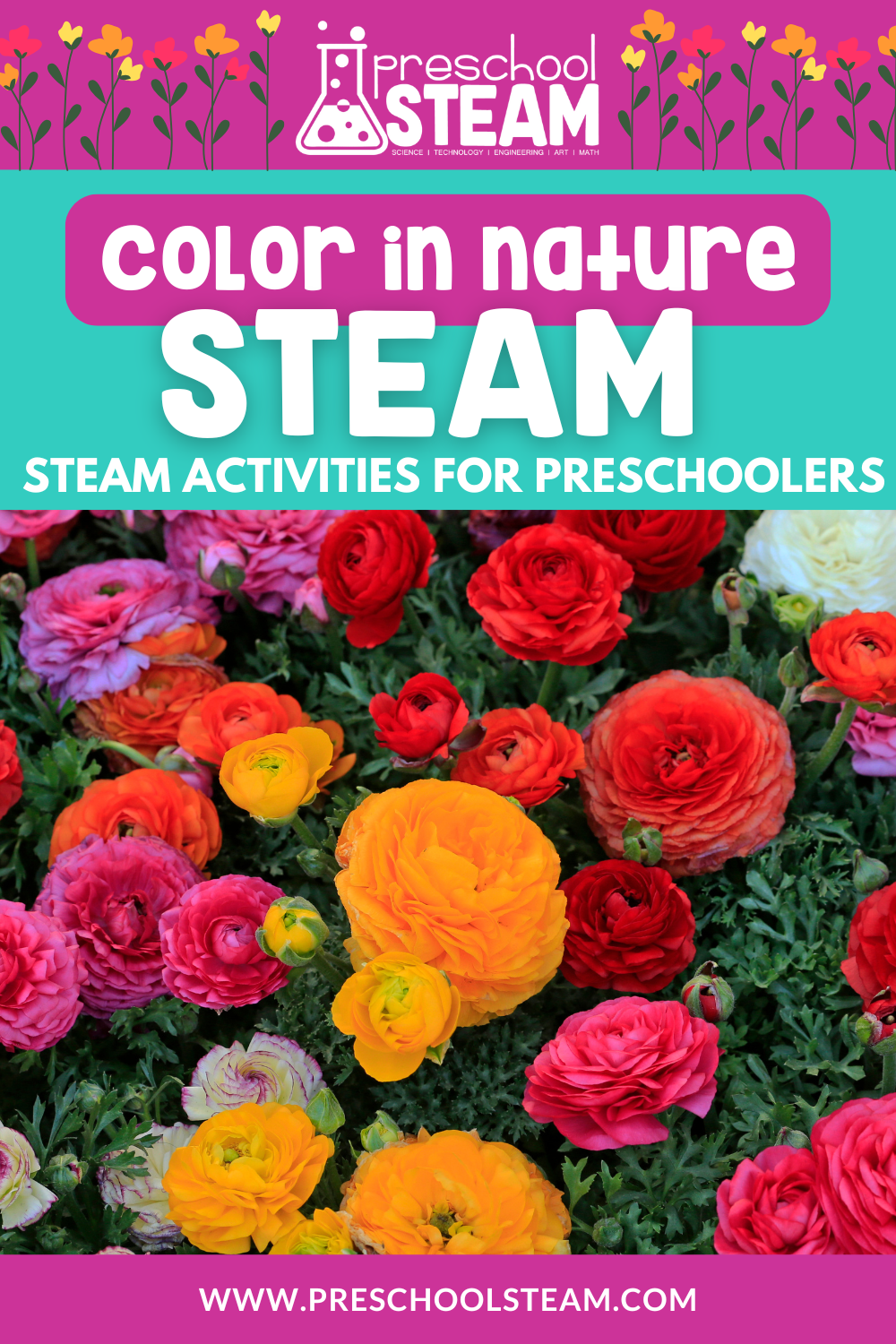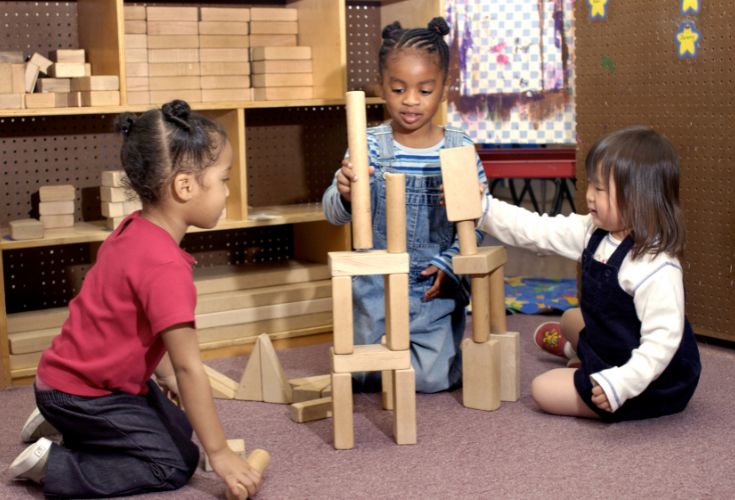Color is one of the first things young children notice in the world around them. From the bright green of new leaves to the deep blues of the sky, colors in nature provide endless opportunities for preschoolers to observe, experiment, and create.
But have you ever taken the time to really look at colors in nature with your preschoolers? What happens when leaves change colors? Why do some flowers have patterns? How do rainbows appear? These natural wonders offer the perfect starting point for STEAM-based color exploration.
In this post, we’ll share simple ways to help preschoolers explore color in nature through observation, play, and hands-on creativity.
Why Exploring Color is Important for Preschoolers
Observing and experimenting with colors helps children develop:
✔ Scientific Thinking – Asking questions like Why is the sky blue? and How do leaves change color?
✔ Artistic Expression – Mixing colors and using nature as inspiration for creativity.
✔ Language Skills – Learning new descriptive words like bright, dull, faded, bold.
✔ Math & Sorting Skills – Grouping objects by color, comparing shades, and recognizing patterns.
When children notice and explore color in their environment, they begin to connect what they see with scientific concepts in a playful and natural way.
Ways to Explore Colors in Nature with Preschoolers
1. Go on a Color Hunt
Take your preschoolers outside and challenge them to find as many colors as they can in nature.
🔎 How to Play:
- Provide children with color swatches (paint chips or paper squares) and have them match colors in nature.
- Give each child a colored bag or basket and ask them to collect items of that color (leaves, petals, rocks, etc.).
- Use simple checklists with colors so children can check off the colors they find.
💡 Classroom Tip: If going outside isn’t possible, bring nature indoors! Collect leaves, flowers, or fruits ahead of time for children to explore.
2. Mix Nature’s Colors
Let children experiment with color mixing using natural materials.
🖌 Try This:
- Flower Petal Paint: Crush different flower petals and mix them with water to create natural paints.
- Leaf Rubbings: Use crayons in different shades of green to see how leaves create different textures and colors.
- Colorful Water Play: Add flower petals, leaves, or fruit slices to water and observe how colors change or mix together.
💡 STEAM Connection: Talk about how different colors appear in nature and how plants use color to attract pollinators like bees and butterflies.
3. Create a Natural Rainbow
Help children discover how colors appear in nature and how rainbows are made.
🌈 Fun Rainbow Activities:
- Make a Nature Rainbow: Have children find objects in nature that match each color of the rainbow and arrange them in order.
- Use a Prism: Shine sunlight through a prism to show how light splits into different colors.
- Oil & Water Rainbow: Drop food coloring into water and add a little oil to watch colors separate like a swirling rainbow.
💡 Classroom Tip: Ask, Can you find all the colors of the rainbow in nature? Which colors are the hardest to find?
4. Watch Colors Change in Nature
Encourage children to observe how colors change over time.
🕵️♂️ Observation Ideas:
- Leaf Color Change: Collect green leaves and leave them in a bag to watch them turn brown.
- Flower Transformation: Place a white carnation in colored water and observe how it changes.
- Sky Watching: Notice how the sky changes color at different times of the day.
💡 STEAM Connection: This is a great way to introduce seasonal changes, light, and absorption.
5. Encourage Colorful Art Inspired by Nature
Let children use colors from nature to inspire their creativity.
🎨 Try This:
- Nature Paintbrushes: Use twigs, leaves, or grass to paint.
- Sun Prints: Place leaves or flowers on construction paper and leave them in the sun to create prints.
- Color Collages: Glue colorful natural materials onto paper to make patterns.
💡 STEAM Connection: Ask, What colors do we see most often in nature? Why do you think some colors are more common than others?
Extend the Learning with Thoughtful Questions
Encourage children to think deeply about what they observe by asking:
- What colors do you see in nature that you don’t see in crayons?
- Why do some plants have bright colors and others do not?
- How does sunlight affect colors in nature?
- Can you make new colors by mixing things found outside?
By asking open-ended questions, children begin to make connections between science, art, and the world around them.
Make Nature-Based Learning Part of Your Classroom!
Exploring colors in nature is a simple yet powerful way to engage preschoolers in STEAM learning through observation, experimentation, and creativity. Whether you’re hunting for colors, mixing flower petal paint, or watching leaves change color, these activities help children develop curiosity and wonder for the natural world.
Looking for more hands-on STEAM activities that bring play-based learning into your classroom?
📢 Join our Preschool STEAM Pathways membership for exclusive lesson plans, activity guides, and interactive learning experiences designed for early childhood educators!
What are your favorite ways to explore color in nature with preschoolers? Share your ideas in the comments!


Leave a Reply